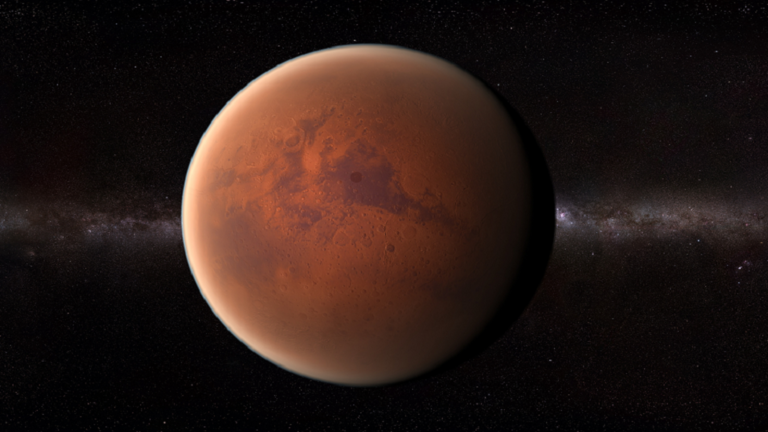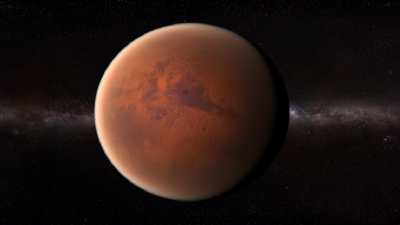NASA's numerous missions over the past decades have revealed icy anomalies on Mars, alongside the similarities between Mars and Earth in certain aspects. A new video from the Jet Propulsion Laboratory (JPL) in California—a major NASA exploration center—shows what snow, frost, and ice look like on Mars. The video presents the snowy landscape on the Red Planet, resembling a "winter wonderland."
Mars scientist Sylvain Piqueux from JPL stated in a video released by NASA on its YouTube channel on December 21, "If you go to specific locations, you will find water ice, just like that found on Earth." When the Phoenix Mars Lander scraped the Martian soil in the polar region in 2008, it discovered water ice just beneath the surface. Piqueux added, "This is the type of water ice that astronauts could use in the future when we go there."
Mars also contains dry ice, which is a solid form of carbon dioxide (CO2). Instead of melting like water ice, carbon dioxide ice sublimates. As this substance transitions from a solid to a gas, it creates bizarre landscapes. Piqueux explained, "For example, we see features resembling spiders, fans, and fried eggs… all sorts of unique things that are really hard to understand, but they are beautiful and unique to Mars."
Ice crystals also fall on the Martian surface like snow on Earth. When the Phoenix lander used LIDAR (Light Detection and Ranging) technology to shoot lasers into the planet's sky, it detected falling water ice crystals from a cloud. Frost also covers some areas on Mars, where the Viking lander captured images of water frost in the 1970s, and recently, the Odyssey spacecraft and the Mars Reconnaissance Orbiter observed carbon dioxide frost.
Piqueux noted, "Carbon dioxide frost is something we don't find on Earth. It's extremely cold, where you will find carbon dioxide ice at -190 degrees Fahrenheit (-123 degrees Celsius)," which is much colder than the "bomb cyclone" the United States is preparing to face this weekend.
It is worth mentioning that on December 26, the Red Planet will begin its new year, which will last 687 Earth days. The planet has four seasons—winter, spring, summer, and autumn—just like Earth. The winter on the Red Planet is colder than on Earth, with temperatures dropping to 76 degrees Fahrenheit below zero (-60 degrees Celsius).




